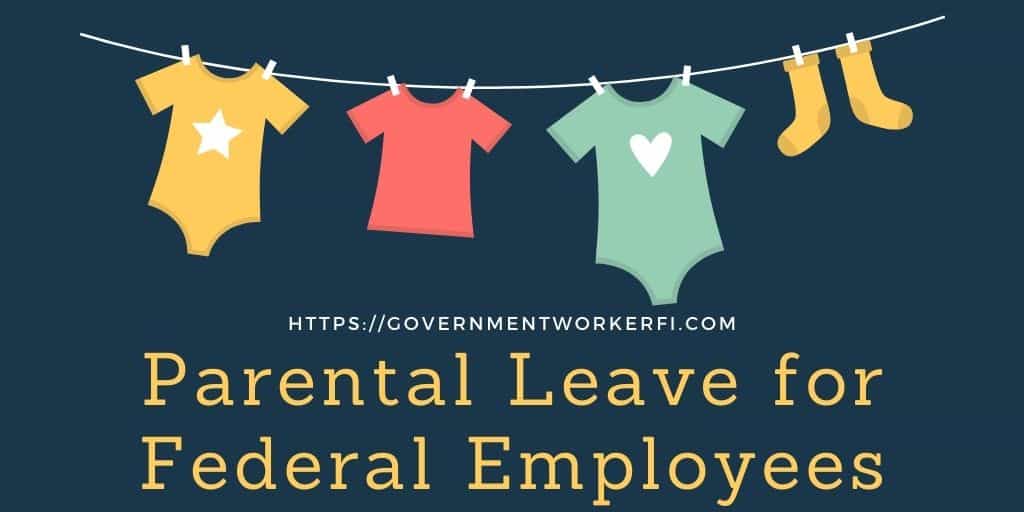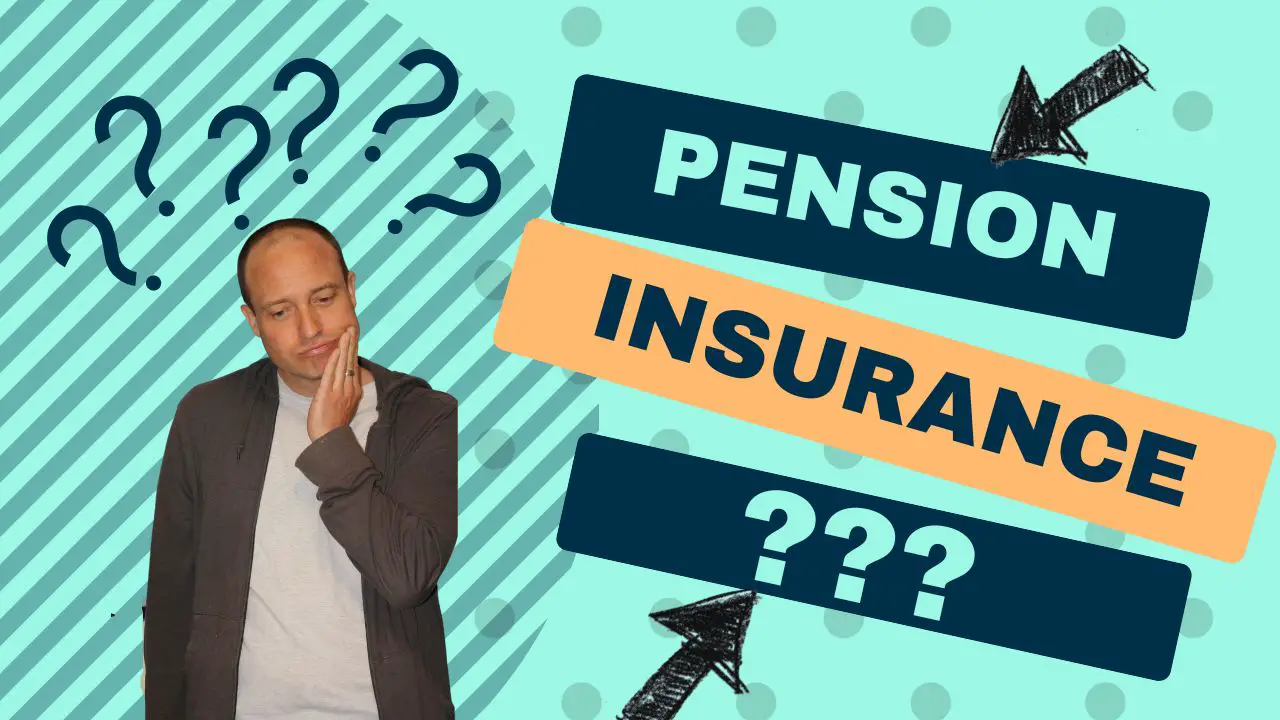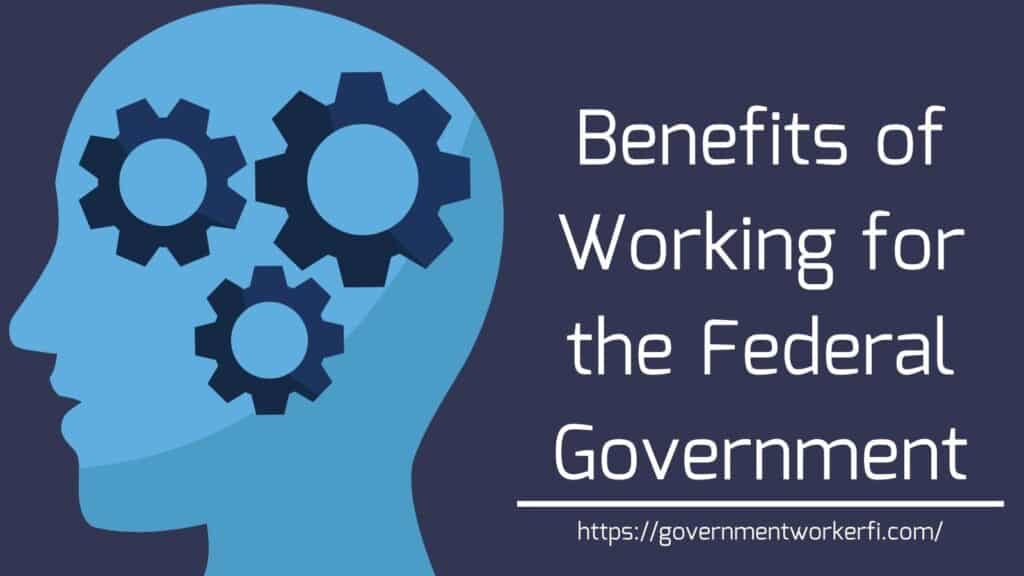Student loan debt is undoubtedly a crisis in the United States, with an estimated $1.52 trillion in debt outstanding among 45 million student loan borrowers.
Unfortunately, high student loan balances can make it more challenging for graduates to go into public service – including working for the federal or state government – because many new grads need a private sector salary to repay all they’ve borrowed.
However, in certain cases, federal employees may qualify for student loan forgiveness. This article breaks down how the public student loan forgiveness (PSLF) program works for federal employees.
Get Gov Worker’s top 4 tips for federal employees!Table of Contents
- Types of Student Loan Forgiveness for Federal Employees
- Direct Student Loan Forgiveness for Federal Employees
- How Does Public Service Loan Forgiveness Work?
- Are You Eligible for PSLF as a federal employee?
- It’s Important to Avoid PSLF Scams
- Changes to the Public Service Loan Forgiveness under President Biden
- Summary- Federal Employees now have more options than ever for student loan forgiveness
Note: As always, this is a personal blog and does not represent an official position of the federal government. Please do not mistake my blog for financial advice on whether you qualify for the PSLF program.
An earlier version of this article (originally published July 10, 2019) was written by Nate Matherson, Co-founder of LendEDU. However, I have rewritten the article to make it more relevant to my readership and update it with changes to student loans that happened during the Coronavirus.
Updated in October of 2021 to address President Biden’s recent changes to the PSLF program.
Types of Student Loan Forgiveness for Federal Employees
There are two different student loan forgiveness programs that may help federal employees repay their student loans.
- The “Federal Student Loan Repayment Program” (FSLRP)- a recruitment incentive for hard to fill positions (think legal employees in the Department of Justice)
- The public student loan forgiveness program (PSLF)- an incentive to work in public service.
Direct Student Loan Forgiveness for Federal Employees
Prior to working on this article, I was actually not aware of the FSLRP program. However, the Office of Personnel Management has a very informative article on it.
The FSLRP provides direct student loan forgiveness for federal employees. The FSLRP is authorized under Section 5379 of Title 5 of the US Code. Agencies may forgive up to $10,000 in loans a year and up to $60,000 of loans total for eligible federal employees. Employees participating in this program must sign a service agreement stating that they will work for the government for 3 years.
Unless you work for one of these three agencies, you probably do not have access to student loan forgiveness directly through your agency.
The OPM website just states that federal agencies can offer this as an incentive. (Which would make yet another great benefit of working for the federal government). However, it appears that only three agencies regularly offer this benefit: Securities and Exchange Commission, State Department, and the Department of Justice. If you think about it, employees working in these agencies could choose very lucrative private sector jobs so this benefit helps to make up for the difference.
Unless you work for one of these three agencies, you probably do not have access to student loan forgiveness directly through your agency. If you work for one of these agencies (or are thinking of doing so) you should definitely look into whether you qualify.
I did some research and found links to the DOJ’s student loan forgiveness policy, an article that describes SEC’s student loan forgiveness program, and information for the State Department. Note that much of the information is targeted at current employees and on agency intranet pages. From what I could tell, it appeared that only current employees were eligible to apply for the program. While the OPM website stated the FSLRP could be used as a recruitment incentive I could not find any information of how to negotiate it during the hiring process.
How Does Public Service Loan Forgiveness Work?
The second type of student loan forgiveness available to federal employees is the Public Service Loan Forgiveness plan (or PLSF). While the federal government student loan repayment program is targeted at specific positions, PSLF is for all government employees (including state and local). As the PSLF website states, “The PSLF Program isn’t about the specific job that you do for your employer. Instead, it’s about who your employer is.“
The PSLF Program isn’t about the specific job that you do for your employer. Instead, it’s about who your employer is.
Public Service Loan Forgiveness allows eligible federal employees to have some of their federal student loans forgiven. Only certain types of loans are eligible for forgiveness. For example, eligible loans include loans received loans under the William D. Ford Federal Direct Loan Program, Federal Perkins Loans, and loans administered under the Federal Family Education Loan Program (FFEL). Additionally, the PSLF can forgive Direct Consolidation Loans that you may have used to consolidate other types of federal student debt.
Eligible loans are forgiven only after you have made 120 qualifying payments on an income-driven repayment plan. Additionally, only payments made on an income-driven plan count towards earning loan forgiveness. You should also know that if you paid on your loan while it was deferred or in forbearance, the payment won’t count towards the 120 qualifying payments. (One notable exception is the suspension of student loan payments during the coronavirus.)
Finally, you must have made payments while working full-time for a qualifying employer. They must have been made no later than 15 days after your due date, and you must have made the full payment shown on your bill.
Are You Eligible for PSLF as a federal employee?
If you work for a federal, state, or local government and you work full-time, you should be eligible for PSLF – provided you have the right type of loans and are paying on them back on an income-driven repayment plan.
You are considered to be working full-time if you either meet your employer’s definition of working full time or if you work at least 30 hours weekly – whichever is greater. If you have more than one qualifying job, the combined aggregate time you work for each employer can count towards determining if you are full-time. This means you’ll qualify as long as you work a combined average of 30 hours per week.
It’s Important to Avoid PSLF Scams
While Public Service Loan Forgiveness is an important program that ensures people with expensive degrees can do government work, there are unfortunately some scammers out there who take advantage of people eager to get student debts forgiven.
You should know that you can sign up for PSLF by yourself. Some people will charge you to help you sign up for income-based plans that you can sign up for on your own. Likewise some people will charge you a fee to help you enroll in PSLF even though you can also apply for forgiveness on your own without any special help.
You do not need to pay any third-party company to help you sign up for loan forgiveness. You can sign into your account with the Department of Education, select an income-based payment plan, and make your payments over time.
It’s important to be on the lookout for red flags that suggest a student loan forgiveness scam, including:
- Companies that offer help with student debt in exchange for paying an up-front or monthly fee.
- Companies trying to collect fees over the phone before they’ve actually taken any steps to help you deal with your debt problem.
- Companies that promise immediate forgiveness of your student debt.
- Companies that pressure you into signing up for assistance programs.
- Companies that request you provide sensitive personal details right away or provide personal details over the phone or email.
You do not need to pay any third-party company to help you sign up for loan forgiveness. You can sign into your account with the Department of Education, select an income-based payment plan, and make your payments over time.
When you are ready to apply for PSLF, you’ll simply need to complete the PSLF application and mail or fax the application and your employment certification to the U.S. Department of Education, FedLoan Servicing at P.O. Box 69184, Harrisburg, PA 17106.
Changes to the Public Service Loan Forgiveness under President Biden
On October 6, 2021, the Education Department announced a set of actions to increase eligibility for PSLF and forgive more student loan debt for federal employees.
One of the biggest changes to the program introduces a a time-limited waiver so that student borrowers can count payments from all federal loan programs or repayment plans toward forgiveness. Prior to this announcement, federal employees who had refinanced federal loans were not eligible for PSLF.
The waiver is in effect until October 3st, 2022. Full details of the waiver and the application form can be found on the studentaid.gov website.
Other changes announced in October of 2021 include:
- Allowing more payments to count as “qualified” towards the 10 years of payment under PSLF
- Expanding eligibility for military service members regardless of loan payment status during active duty
- Automatically comparing the list of federal employees and military members against the list of federal student loans to help more people access PSLF
- Simplifying the application process to PSLF and re-examining previously denied PSLF applications.
More details of these changes can be found on the Department of Education’s website.
Summary- Federal Employees now have more options than ever for student loan forgiveness
The October 2021 changes to the PSLF program mean that federal employees now have more options than ever for student loan forgiveness. If you previously thought that you were ineligible for the program, now is a great time to look into the recent changes to the PSLF program. Remember, the one-time waiver is set to expire in October 2022.



